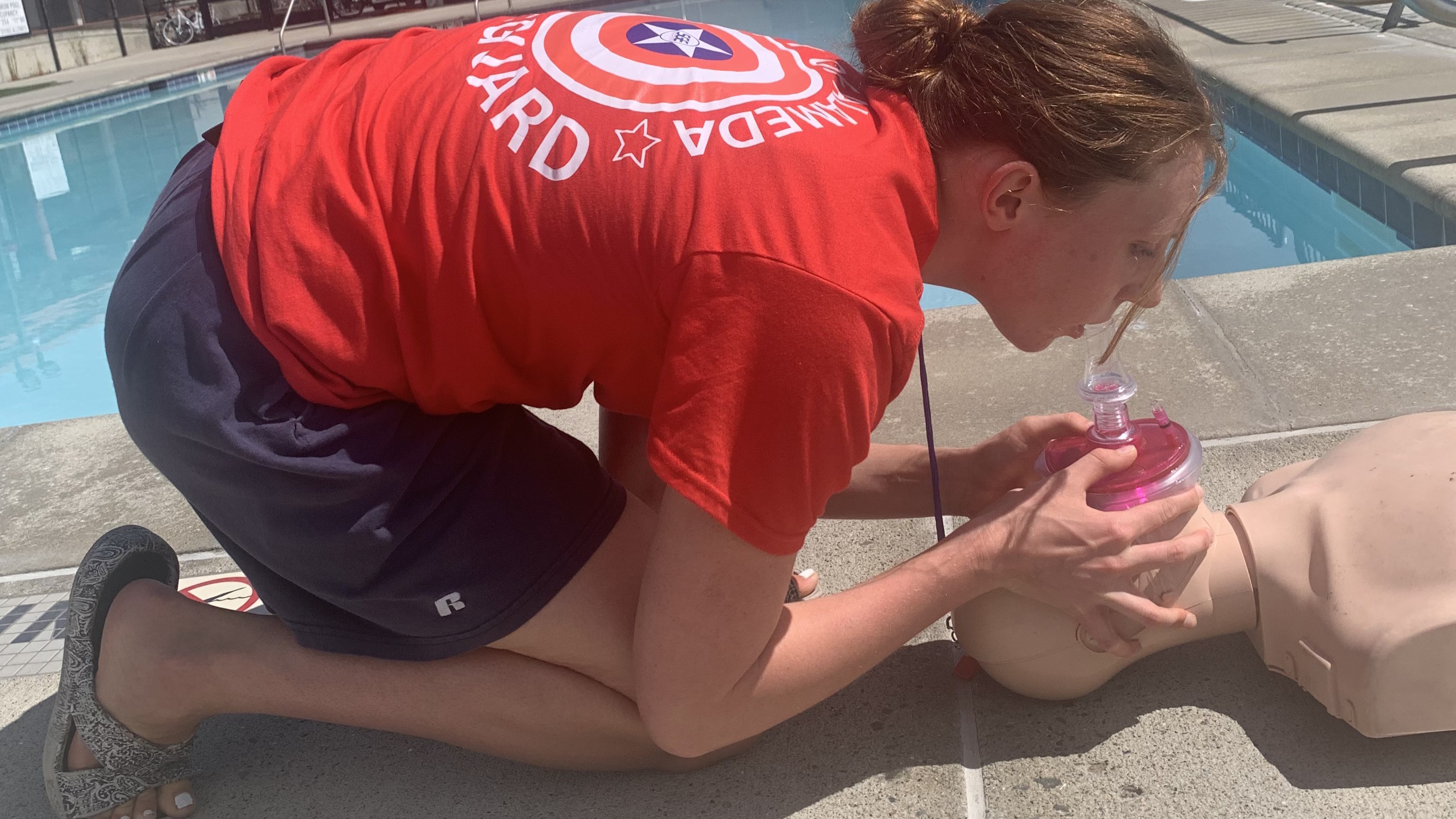Knowing what role to play and when to hand off elements of a rescue to another lifeguard is critical.
This is the first in a five-part series examining how guards can provide uninterrupted care to the victim when multiple steps and guards are involved.
I’m kicking off this series with one of the most challenging rescue scenarios of all. In this case, the victim is a choking infant.
Watch how the lifeguard transitions from compressions to ventilations with smooth fluidity throughout the drill and how he provides care without a table, which would be the case in the field. Again, the key here is uninterrupted care.
As this series progresses, we’ll examine ways to effectively transition between guards.


